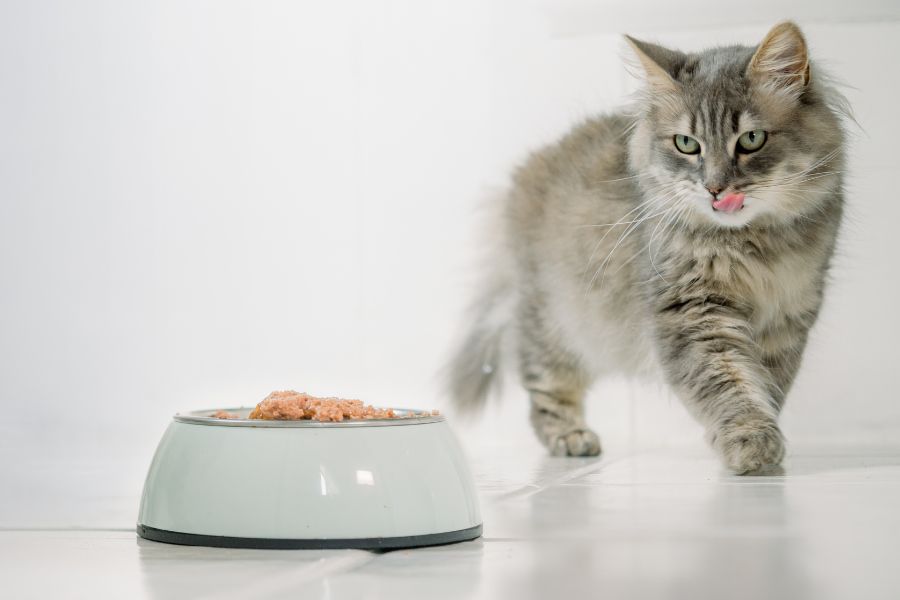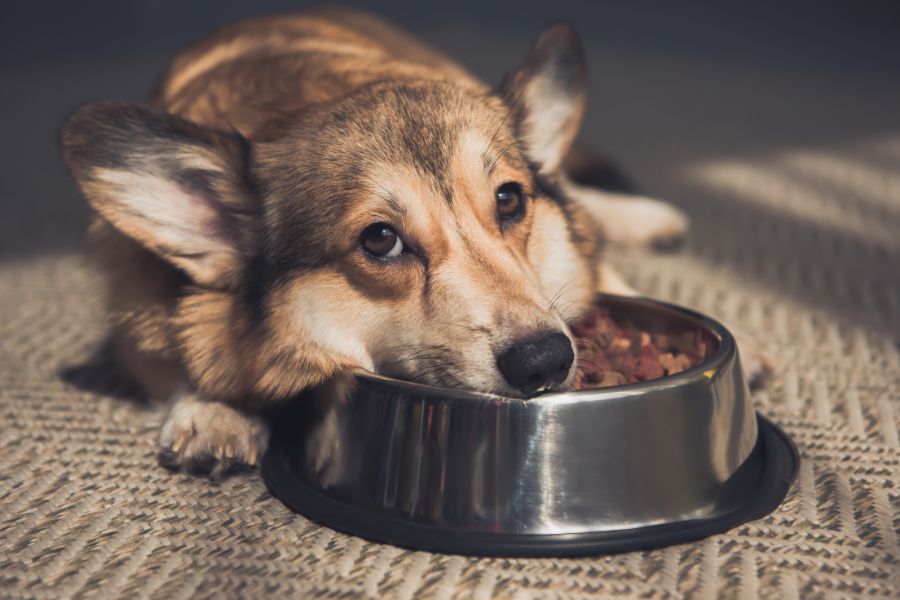With so many pet food options and food companies, choosing the right food for your pet can get overwhelming. From wet food to dry food to raw food, how do you know you’re giving your pet the right thing? Choosing the right food for your pet is crucial as it can impact their overall health, development, and well-being. A good diet reflects your pet’s appearance, behavior, and energy. Luv My Sitter, wants to give you some tips on how to choose the right food for your pet.
Consult with a Veterinarian
Your veterinarian should be the first person you consult when you change your pet’s diet. They can provide valuable information about your pet’s nutritional needs and suggest appropriate food options. They can also help you identify allergies or deficiencies your pet may have. This can help you customize and optimize your pet’s diet according to their breed, age, and/or medical conditions.
Consider your Pet’s Age, Breed, and Size
Different pets have different nutritional requirements based on age, breed, and size. For example, puppies and kittens require a diet higher in protein and calories to support their growth, while senior pets may require a lower-calorie diet to maintain a healthy weight. Pet food brands label their food formulas, and some even create a formula specific to the breed. Do your research and consider your cat and dog’s age. Especially if they experience oral issues as they age. The moisture and nutrient content in the food can make all the difference.

Look for High-Quality Ingredients and Check the Labels
High-quality foods contain the proper nutrients and minerals that your pet needs. Choose pet food that contains high-quality ingredients such as meat, vegetables, and fruits. Avoid foods that contain fillers, by-products, or artificial preservatives. The ingredients list should be easy to read and understand. It may take a bit more time, but reading your pet’s food labels and ingredients can make a big difference. You may spot something that you wouldn’t want your dog to consume. Look for food with a protein source listed as the first ingredient, and avoid foods with vague terms such as “meat by-products” or “animal digest.”
Consider your Pet’s Dietary Needs and do Your Research
Reading the label is especially important if your dog has allergies or sensitivities to specific ingredients. If your pet has special dietary needs, such as a food allergy or a medical condition, consult your veterinarian to determine the right food to feed them. Look for reviews of pet food brands and products online and research the company’s reputation and manufacturing processes.
Monitor your Pet’s Response
Testing a new food can be scary. Once you have chosen a new food for your pet, monitor their response for a couple of hours and even a few days. Remember, some reactions can be immediate or take their time and show in different ways, like rashes or changes in behavior. Contact your veterinarian to determine the best course of action if they experience digestive issues, allergies, or other adverse reactions. It’s best to get these things sorted sooner rather than later so your dog and cat can live their best life on their new diet.
Knowing how to choose the right food for your pet can be overwhelming. Your pet’s age, breed, size, activity levels, and medical needs should be considered in making the decision. This may be a trial and error process, but it will be worth it when your pet is living their best life. Remember, don’t hesitate to consult the veterinarian if you need professional advice. At Luv My Sitter, our professional pet sitters know how important it is to accurately administer your pet’s food. We guarantee your pet will be fed accordingly when you hire us as a sitter.

